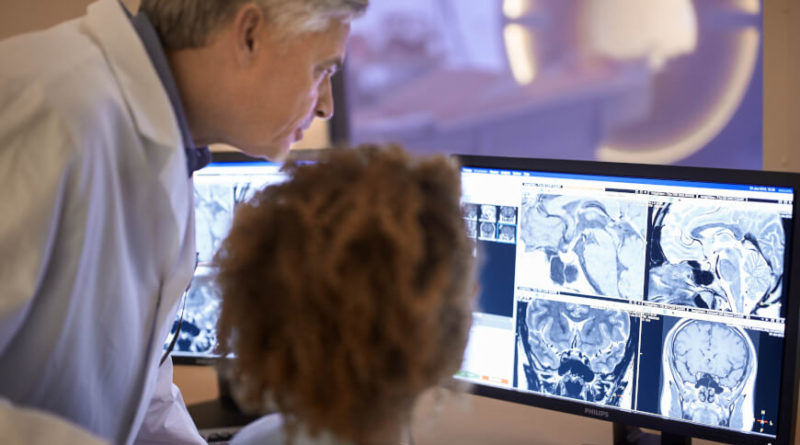AI Performs Better than Radiologists in Detecting Pneumonia
Researchers at Stanford University have developed an artificial intelligence that detects pneumonia better than radiologists.
In the paper “CheXNet: Radiologist-Level Pneumonia Detection on Chest X-Rays with Deep Learning”, researchers at Stanford demonstrated that the AI that they have developed called “CheXNet” outperformed practicing radiologist in detecting pneumonia.
CheXNet was trained by the researchers from more than 100,000 frontal view X-ray images with 14 lung diseases, including pneumonia.
Studies have shown that the appearance of pneumonia in X-ray images is often unclear, can imitate other lung abnormalities, and can overlap with other lung diagnoses. These uncertainties, according to a number of studies, cause significant irregularities among radiologists in diagnosing pneumonia.
The researchers compared the performance of CheXNet with that of four practicing academic radiologists. Results showed that CheXNet exceeded the average radiologist performance on pneumonia detection on both specificity and sensitivity. In addition to effectively detecting pneumonia, CheXNet also proved superior to practicing radiologists in detecting 13 other lung diseases.
“Automated detection of diseases from chest X-rays at the level of expert radiologists would not only have tremendous benefit in clinical settings, it would be invaluable in delivery of health care to populations with inadequate
access to diagnostic imaging specialists,” the researchers said.
According to the World Health Organization (WHO), pneumonia is the single biggest cause of death in children worldwide. The health organization reported that this infectious disease killed over 900,000 children under the age of 5 in 2015, accounting for 16% of all deaths of children under 5 years old.
